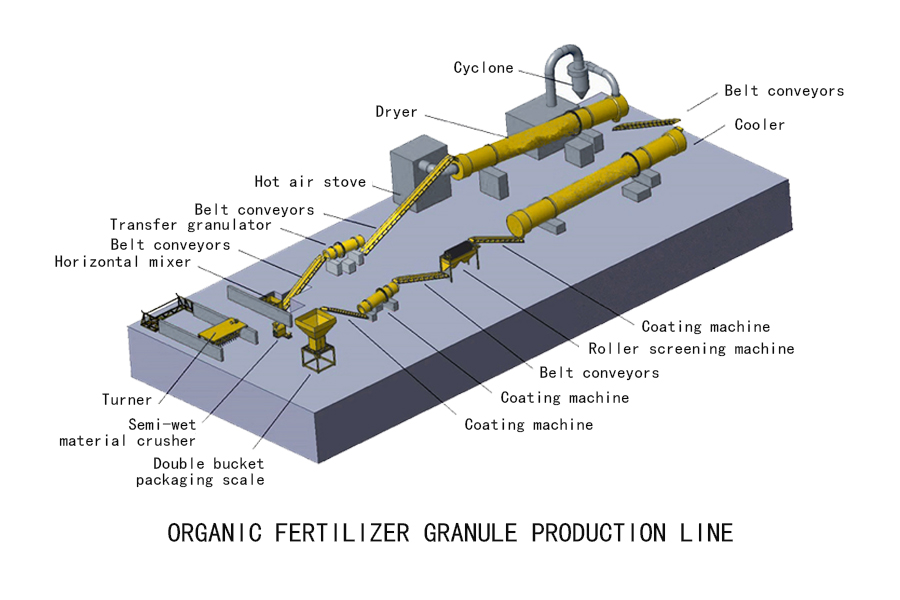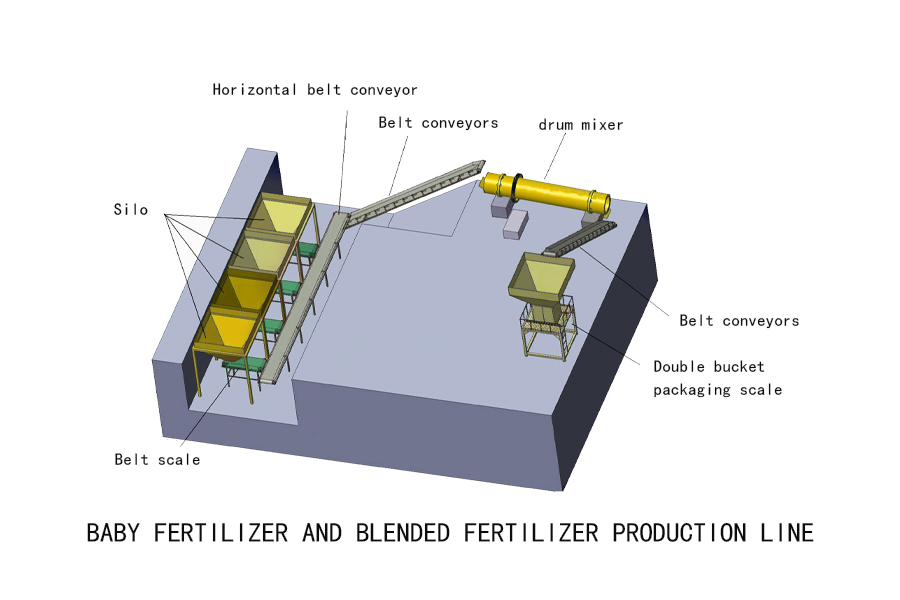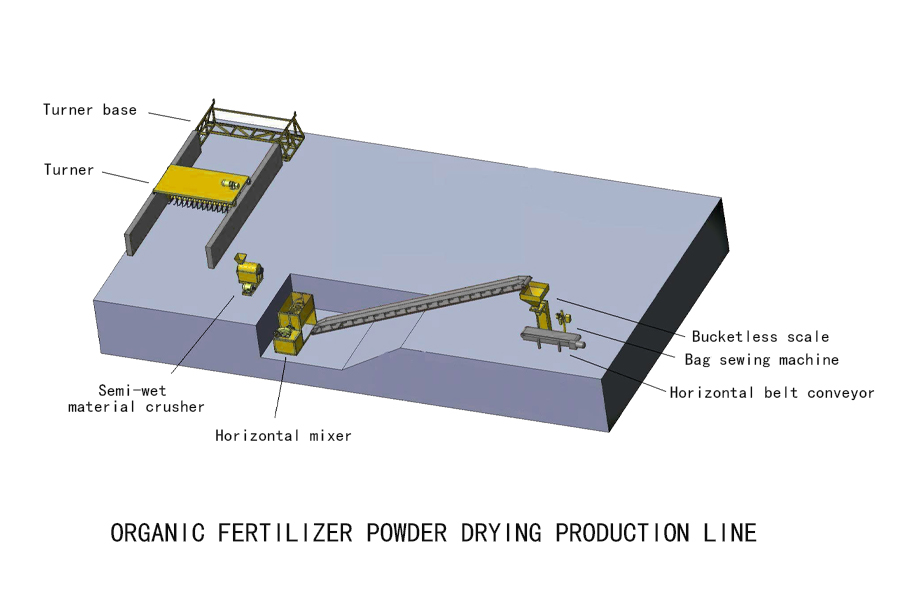
Did you know that the global market for automated batching systems is projected to reach $5.6 billion by 2027? This staggering figure highlights the growing importance and reliance on technology in various industries, particularly in manufacturing and processing sectors. Among these innovations, the Dynamic Automatic Batching System stands out not only for its efficiency but also for its intricate legal attributes.
The Legal Framework Surrounding Dynamic Automatic Batching Systems
The Dynamic Automatic Batching System (DABS) is a sophisticated solution designed to optimize production processes through precise ingredient measurement and mixing. Its legal attributes are multifaceted, encompassing compliance with industry regulations, safety standards, and intellectual property rights. As businesses increasingly adopt DABS, they must navigate complex litigation and legal proceedings related to equipment liability, patent disputes over proprietary technologies, and adherence to environmental laws governing waste management during operations.
Organic Fertilizer Drying Systems: A Case Study in Litigation
When examining Organic fertilizer drying systems within the context of litigation and legal proceedings, we find unique challenges that arise from their operational characteristics. These systems often involve handling organic materials subject to strict regulatory oversight due to potential environmental impacts. In cases where product quality or safety is questioned—such as contamination claims—litigation can become complicated as manufacturers must demonstrate compliance with agricultural standards while defending against allegations of negligence or improper practices.
Xincheng’s Approach to Litigation in Automated Processes
Xincheng has established itself as a leader in implementing advanced automation solutions like DABS while maintaining robust strategies for managing litigation risks associated with these technologies. Their proactive approach includes comprehensive documentation practices that ensure all operational procedures align with existing regulations. Furthermore, Xincheng invests significantly in training staff on compliance matters which minimizes exposure during potential legal disputes arising from system failures or product liabilities.
Conclusion

In summary, the integration of Dynamic Automatic Batching Systems into modern manufacturing presents both opportunities and challenges concerning litigation and legal proceedings. Understanding their inherent legal attributes—from regulatory compliance to risk management—is crucial for organizations aiming to leverage this technology effectively while safeguarding against potential liabilities.


